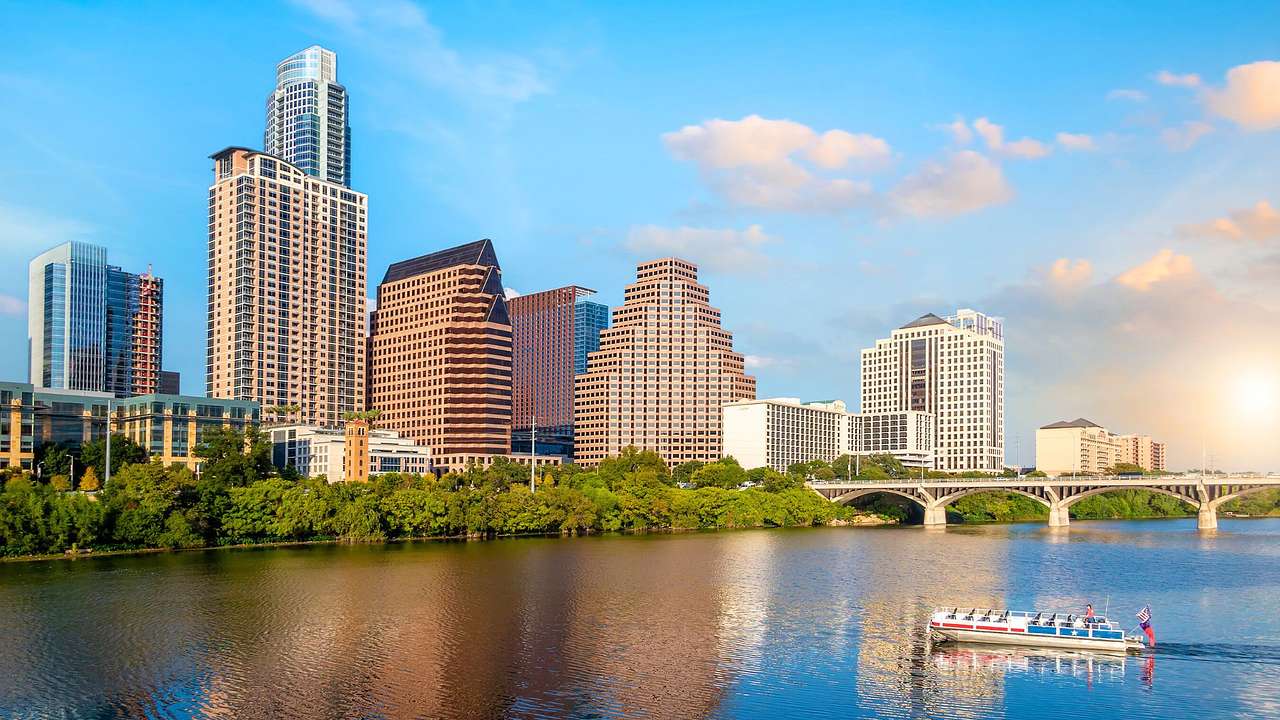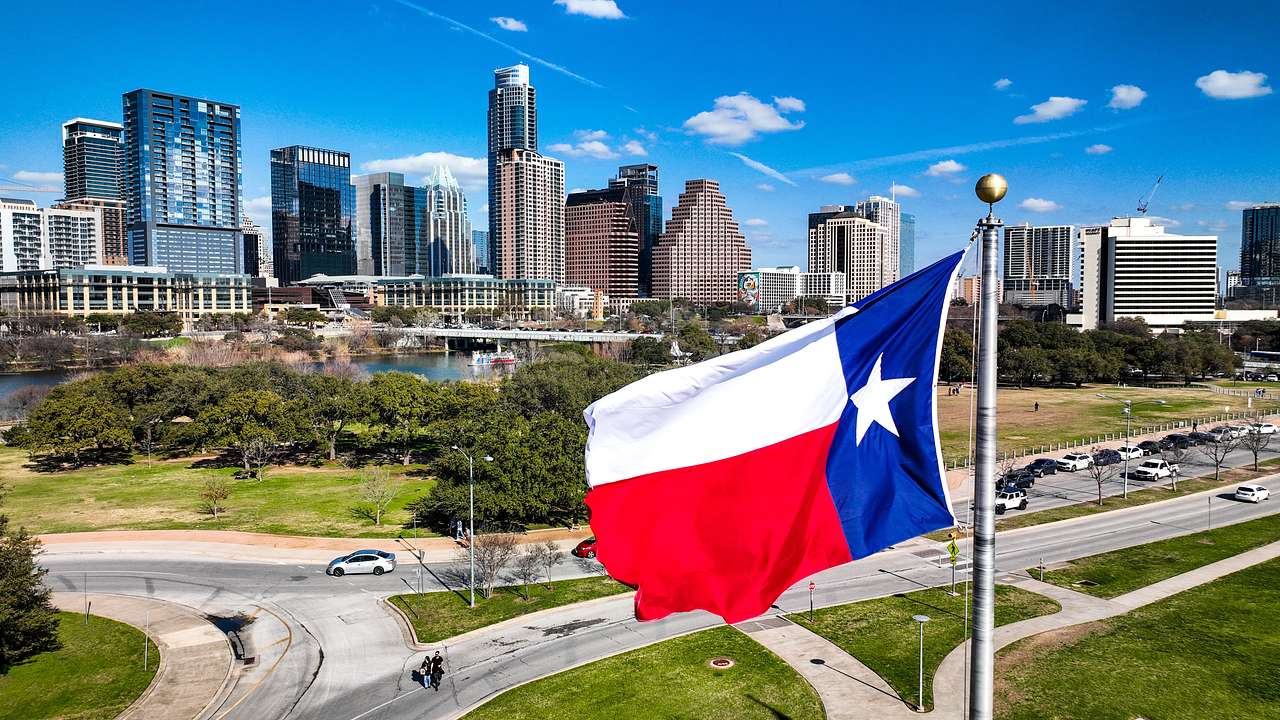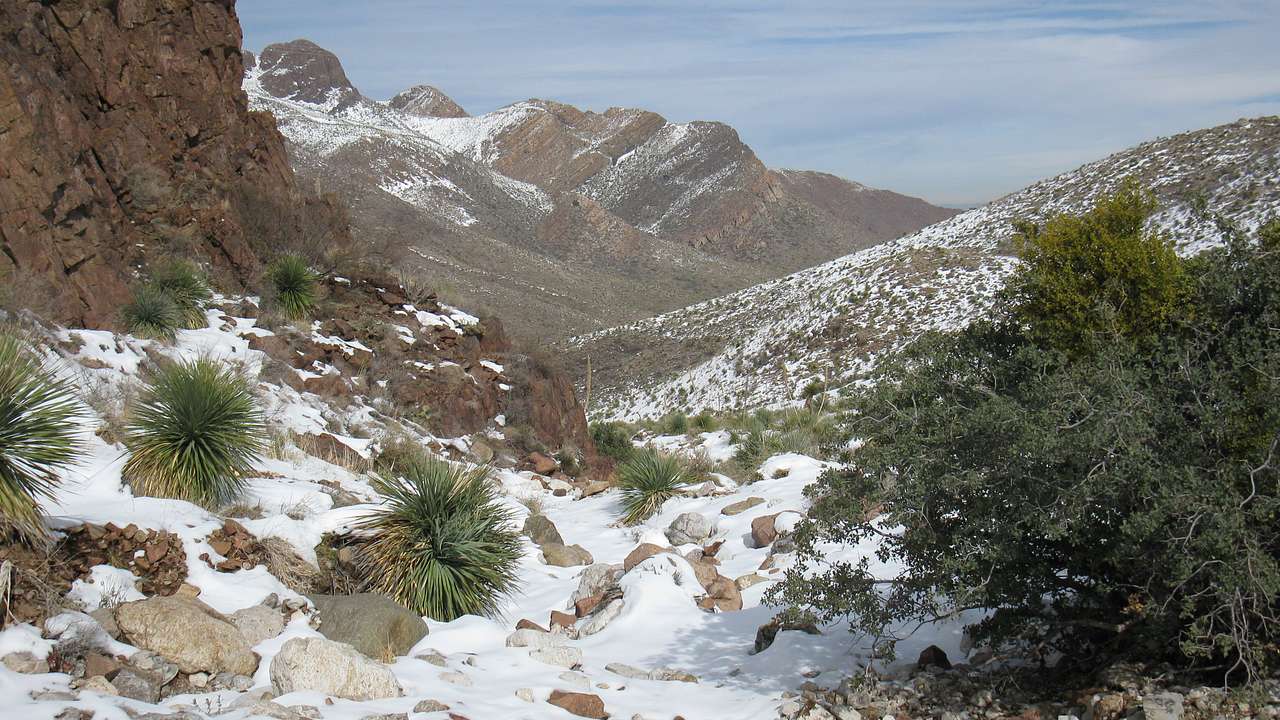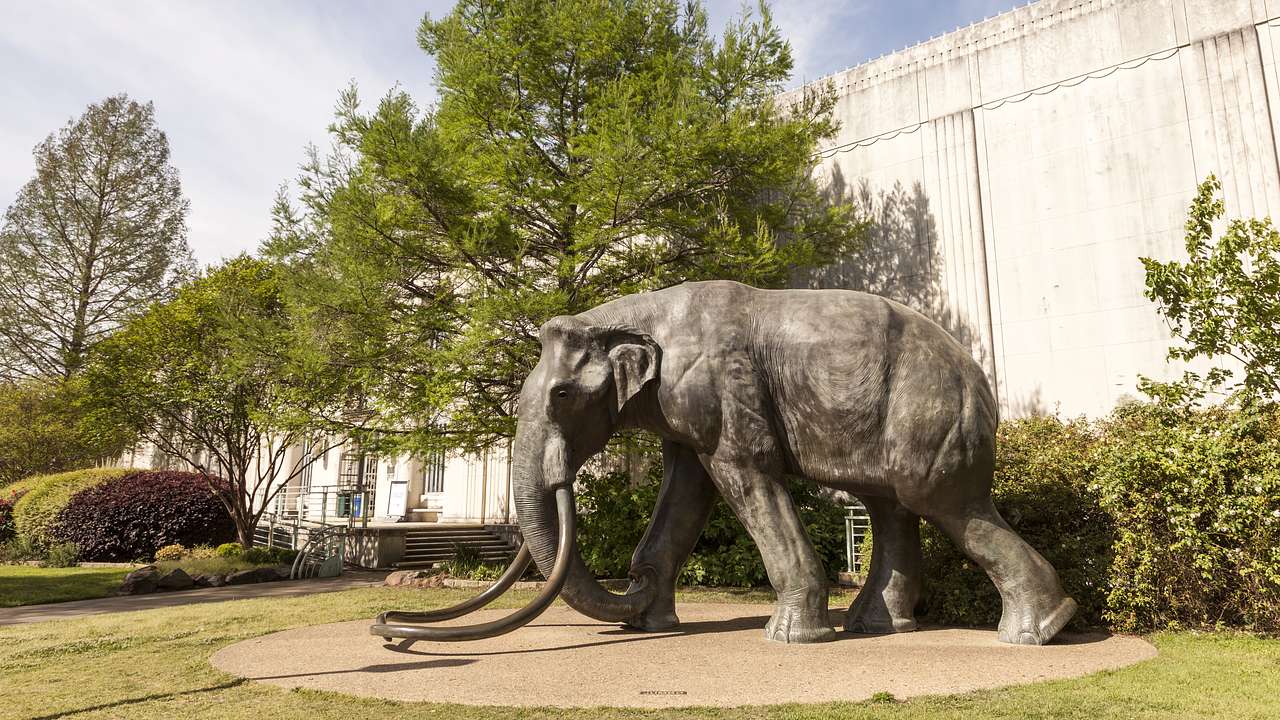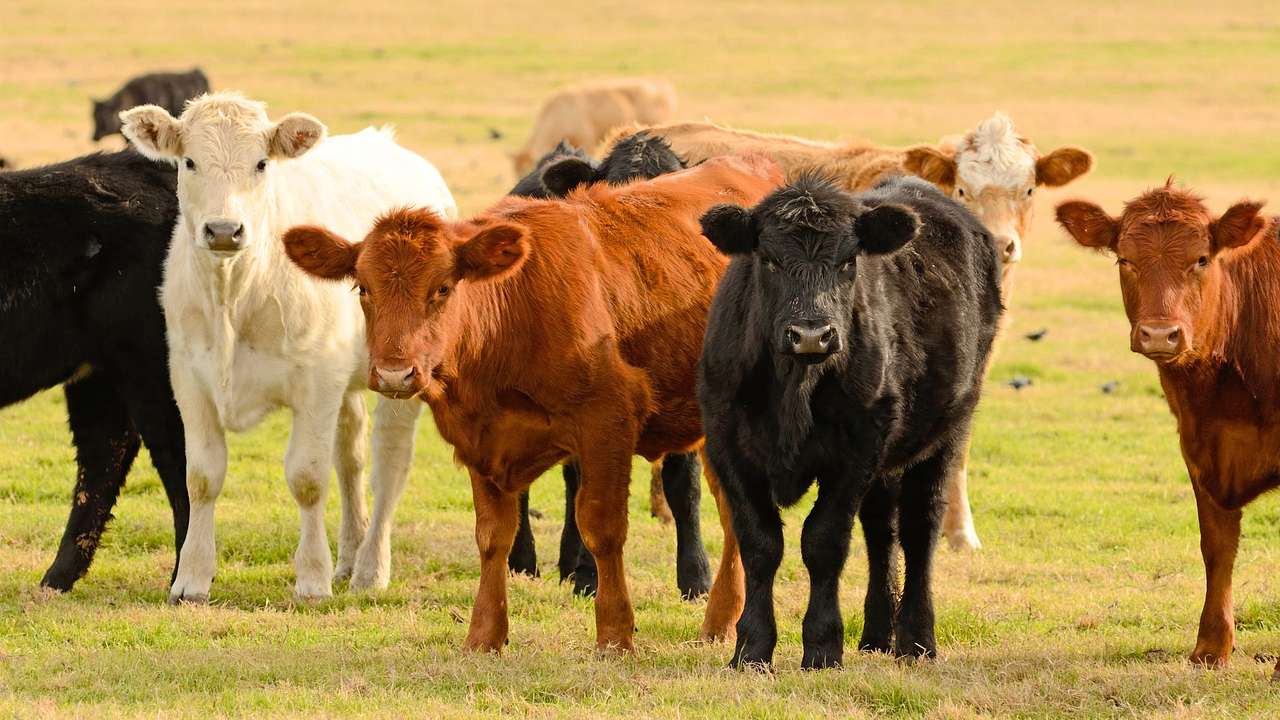9 Texas Nicknames and the Stories Behind Them
Destguides may receive commissions from purchases made through affiliate links in this article.

The state of Texas brings to mind many classic images. Sprawling cattle ranches, traditional barbecue and Tex-Mex cuisine, and oil fields may have popped into mind. These images, among others, have led to the creation of many iconic Texas nicknames.
The Lone Star State and The Banner State nicknames give homage to Texas's history dating back to the Civil War. The Blizzard State and Flash Flood Alley hint at some signature weather to cover the area.
Other nicknames, such as The Armadillo State and The Jumbo State, might seem obvious, but there's more to them than you might think. Here are some Texas nicknames you should know and the stories behind them.
9 Nicknames for Texas
Texas Nicknames Video
Check out our highlights video of Texas nicknames.
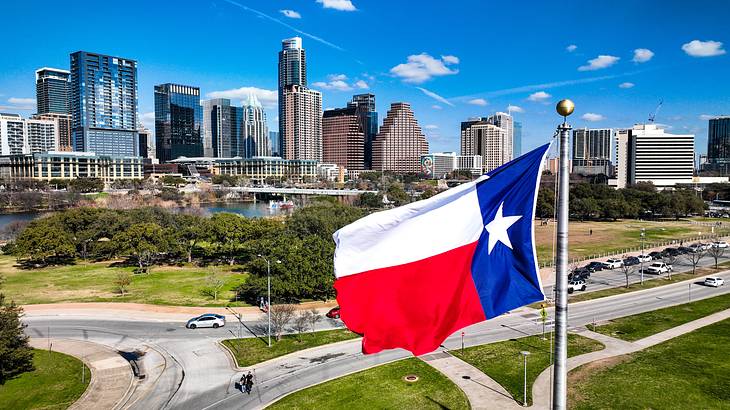
The Lone Star State
The Lone Star State may be Texas's most commonly recognized and popular nickname. This name dates back to the Texas Revolution (that took place between 1835 and 1836), when the state battled the Mexican army for independence. The Texan flag was decorated with a single white star.
Upon victory at the Battleground of San Jacinto, the Texas state flag was adapted to showcase the star on a field of red, white, and blue to signify the state's newfound independence. The current Texas state seal also includes this symbol, a single star encircled by laurel and oak vines. The lone star remains an emblem of the fierce independence many Texans value today.
Flash Flood Alley
The Flash Flood Alley nickname arises from a significant weather event common to the state. It specifically relates to areas of Central Texas that are especially prone to flooding. This region includes the large American cities of Dallas and San Antonio and extends further southwest.
Flash floods are highly likely due to the area's geography and topography. The rocky, shallow soil and steep terrain provide the perfect conditions for flooding when sudden, heavy rains or thunderstorms hit central Texas.
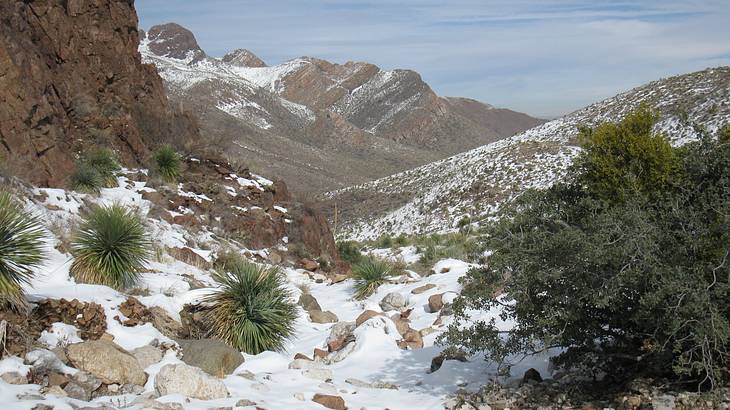
Blizzard State
The Blizzard State is a Texas name the state shares with another, South Dakota. While you would expect to see a lot of snow in South Dakota, it's less common in Texas. Although most people associate Texas with hot, humid summers, the occurrence of some severe snowstorms led to this nickname.
The Armadillo State
A lesser-known Texas slogan, the Armadillo State, has to do with one of the region's state animals. The nine-banded armadillo is a common sight, especially in South and East Texas. These creatures are known to head out after dusk and are highly recognizable for their armored bodies and long snouts.
The state legislature recognized the armadillo as the State Small Mammal of Texas in 1927. Since this name was given, Texas has been identified as the Armadillo State!
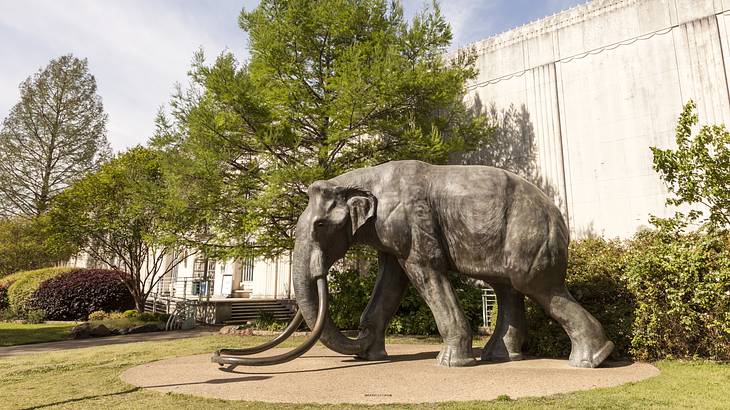
Jumbo State
The name Jumbo State comes from Texas' sheer size. It is a well-known Texas fact that it's the second-largest state in the nation for both land size and population. Before Alaska joined the Union in 1867, Texas was the largest state in the United States, earning it the nickname Jumbo State.
While Texas is jumbo-sized, the adjective "jumbo" has a more interesting origin. In 1882, P.T. Barnum shipped the largest captive African elephant from London to the U.S. to join his circus. The aptly named Jumbo thus became a descriptive term for anything significant and unusual in size. Texas fits the bill, thus earning its Jumbo State slogan.
The Friendly State
Another name for Texas is the Friendly State. This nickname dates back to the original naming of the state and relations with a local Native American tribe. The Caddo tribe's name for "ally" or "friendship" is "táysha," the origination of the Texas state name.
A campaign in the 1920s encouraged tourists to take advantage of the friendly, hospitable nature of the Texans. The legislature adopted "Friendship" as the Texas State Motto in 1930.
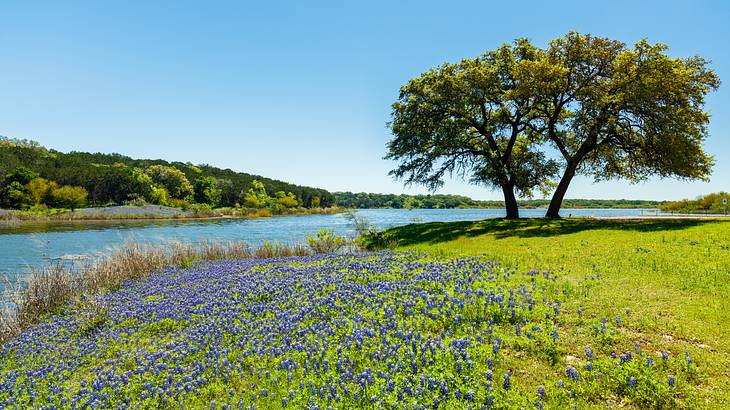
The Bluebonnet State
The bluebonnet is a fragrant flower with deep blue petals and a crown of white at the top. It received its name from resembling the signature bonnets pioneer women wore to shield their skin from the blazing Texas sun.
The bluebonnet even has roots in Texas history. In 1901, the Texas state legislature officially declared the bluebonnet the Texas State Flower. Texas earned the nickname the Bluebonnet State following this declaration and its profusion of these beautiful blooms.
Banner State
The Banner State nickname for Texas has two origins. Firstly, Texas was among the first states to declare independence in the late 1800s. As a banner signifies the leader or front-runner of a cause, Texas led the charge as one of the initial banners of democracy in the U.S.
Secondly, the term itself is attributed to Charles Ledyard Norton in 1890. He declared a banner state to be the one that gives a political candidate the largest vote in the nation. The large state population and significant political capital of this American state make this a fitting moniker.
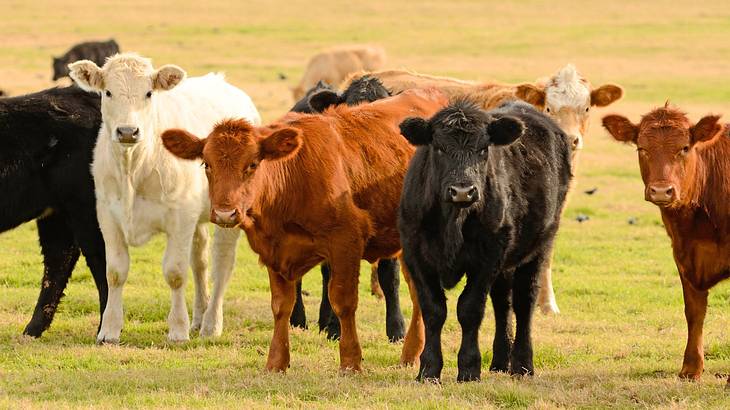
Beef State
Cattle raising in Texas has a long and storied history. Spanish missionaries brought cattle to the region in the 1600s, establishing ranches and introducing the first herds. The cattle industry has continued to influence the state's economic policies over the years.
The Texans' cattle account for almost 15% of the U.S. population of cattle, with approximately 12.7 million cattle. When looking at beef cattle specifically, the state has around 4.4 million beef cattle.
As Texas provides the most beef cattle to the industry, it lends credence to its nickname, the Beef State. You can learn more about the Texas cattle industry by visiting the Fort Worth Stockyards. This Texas landmark has a cattle industry dating back to the 1870s!
In Summary
Texas state nicknames cover a range of topics as vast as the state itself. While the Lone Star State might be its signature slogan, several others speak to the history of Texas and its people. The Banner State and the Friendly State also have deep roots in Texas history.
The Armadillo State and the Bluebonnet State relate to its adoption of these as state emblems. Flash Flood Alley might give you pause, but the Friendly State reminds you of why you might love Texas in the first place. The best part? You can use each slogan, secure in the knowledge you have appropriately described this incredible region.
Want to keep exploring?
Subscribe for discounts on tickets and hotels and our latest guides.
Thank you for subscribing
We will be in touch soon with discounts on tickets and hotels and our latest guides.
Want to keep exploring?
Subscribe for discounts on tickets and hotels and our latest guides.
Thank you for subscribing
We will be in touch soon with discounts on tickets and hotels and our latest guides.

